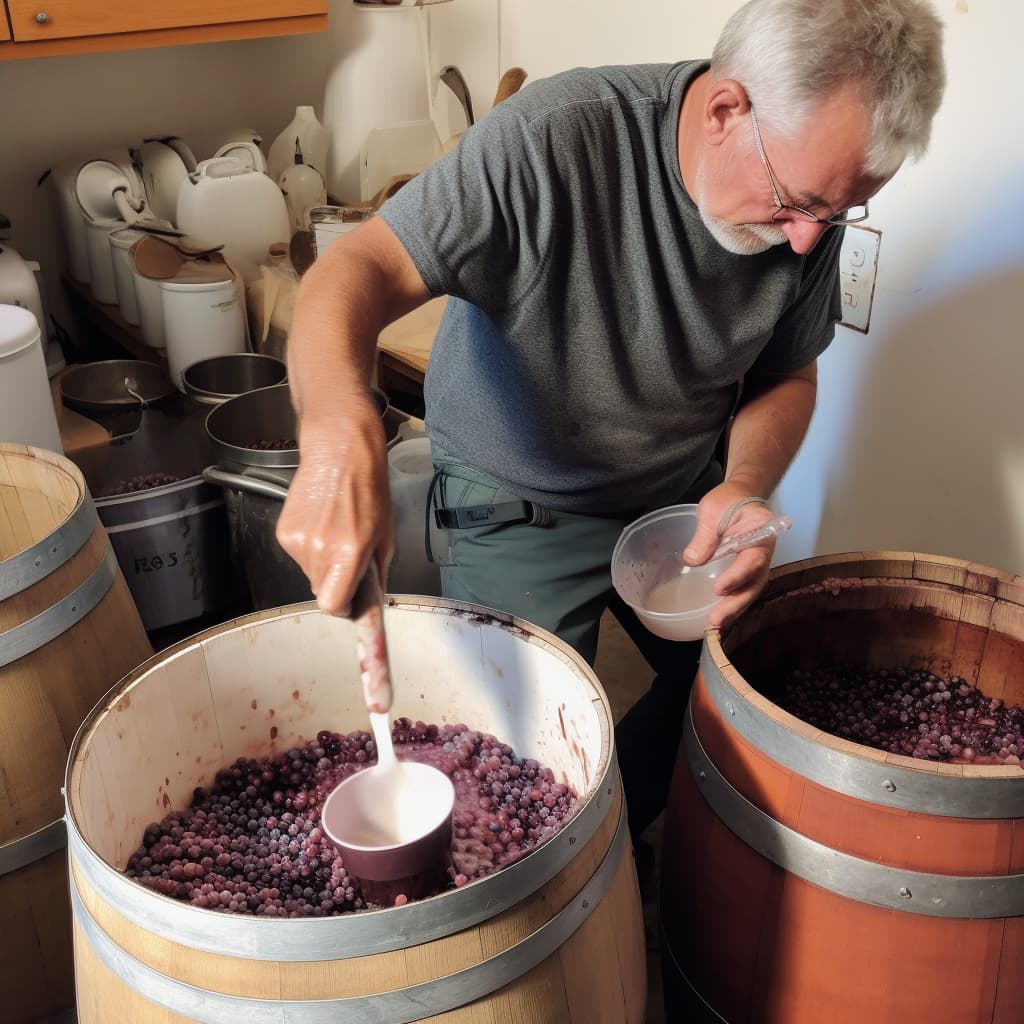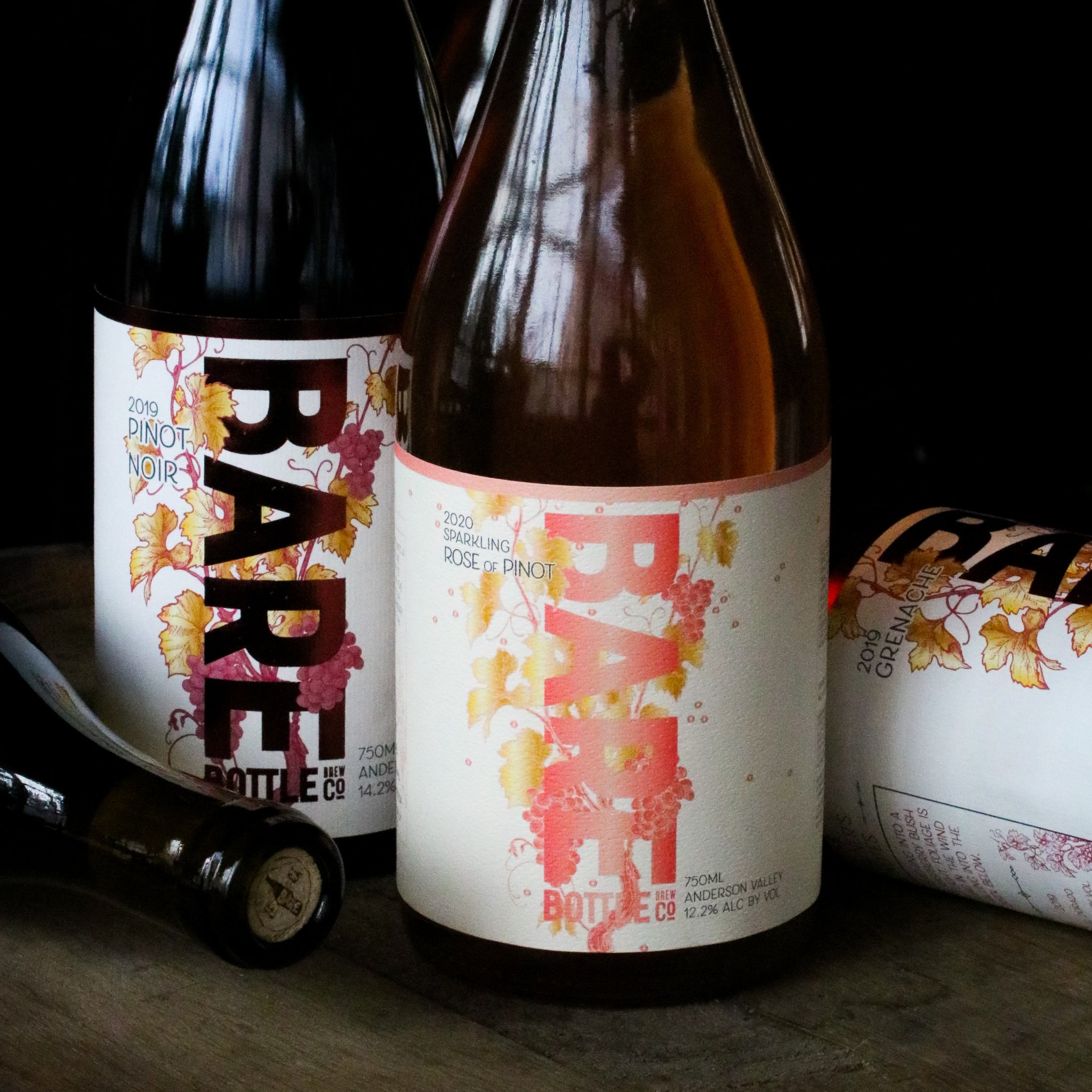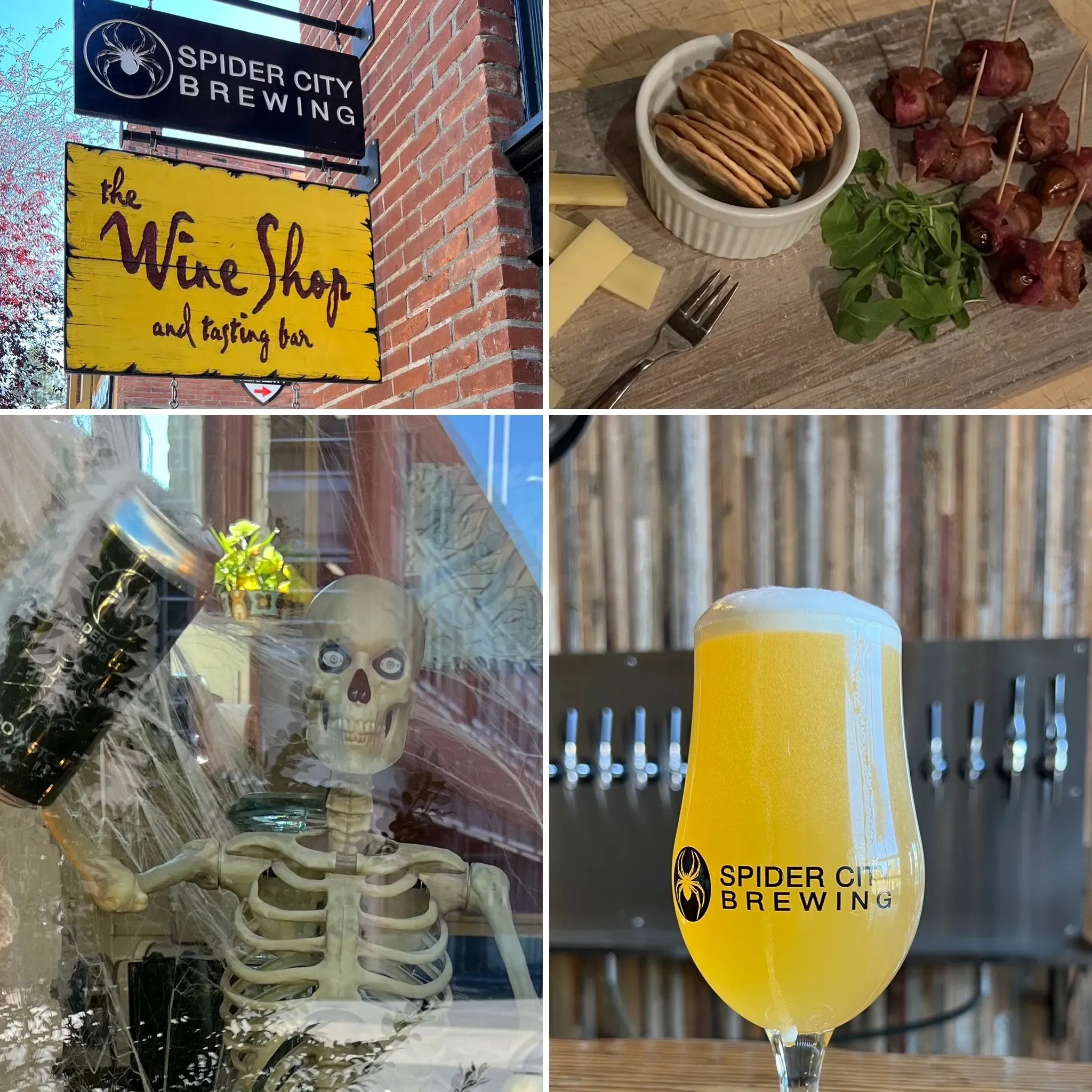Brewing wine at home can be a rewarding and enjoyable hobby. Whether you are a wine enthusiast or a novice, the process of making your own wine offers endless possibilities for creating unique flavors and styles. This article provides a comprehensive guide on brewing wine, covering essential topics such as the equipment needed, selecting ingredients, the fermentation process, aging and bottling, troubleshooting common issues, and tips for perfecting your homemade wine.
Essential Equipment for Wine Brewing
Basic Equipment
To start brewing wine, you will need some essential equipment. The basics include a fermentation vessel, such as a glass carboy or a food-grade plastic fermenter. You will also need an airlock to allow gases to escape during fermentation while keeping contaminants out. A hydrometer is useful for measuring the specific gravity of your wine, helping you track the fermentation progress. Other essentials include a siphoning tube, bottles for storing the finished wine, and corks or caps for sealing the bottles. Sterilizing agents like sodium metabisulfite are also necessary to clean your equipment and prevent contamination.
Additional Tools
While basic equipment is sufficient for beginners, several additional tools can enhance your wine-making experience. A wine press can help extract more juice from fruits, especially if you plan to make wine from berries or other small fruits. A thermometer is essential for monitoring the temperature during fermentation, as temperature control is crucial for a successful batch. Wine-making kits often come with additives such as yeast nutrients, pectic enzyme, and acid blend, which can improve the quality and stability of your wine. Investing in these tools can make the process easier and more efficient, especially as you become more experienced.

Selecting Ingredients
Choosing Fruits
The foundation of any wine is its primary ingredient: the fruit. Grapes are the most common choice for winemaking due to their balanced sugar, acid, and tannin content. However, other fruits such as apples, pears, berries, and even flowers like elderflowers can be used to create unique wines. When selecting fruits, ensure they are ripe and free from rot or mold. Organic fruits are preferable, as they are less likely to have pesticide residues that could affect fermentation. Fresh, high-quality fruits will yield the best results, so make sure to clean them thoroughly before use.
Additional Ingredients
In addition to the primary fruit, other ingredients are essential for successful wine brewing. Sugar is often added to adjust the sweetness and alcohol content. Yeast is a crucial component, converting sugars into alcohol and carbon dioxide. Different strains of yeast can impart various flavors and characteristics to your wine, so choosing the right one is important. Acid blend, tannin powder, and pectic enzyme are other common additives that help balance the flavor, clarity, and texture of your wine. Following a trusted recipe or experimenting with different combinations can help you achieve the desired taste and quality.
The Fermentation Process
Primary Fermentation
Primary fermentation is where the magic begins. Start by crushing your fruits to extract the juice and transferring it to your fermenter. Add sugar according to your recipe and dissolve it completely. Sprinkle the yeast into the juice (also called must) and mix it well. Seal the fermenter with an airlock to allow gases to escape while preventing contamination. Place the fermenter in a warm, dark place with a stable temperature between 65-75°F (18-24°C). Over the next few days, you will observe bubbling in the airlock, indicating active fermentation. This stage typically lasts 5-7 days.
Secondary Fermentation
After primary fermentation slows down, transfer the wine to a clean carboy for secondary fermentation. Use a siphoning tube to avoid disturbing the sediment at the bottom. Secondary fermentation allows the wine to clarify and develop more complex flavors. Seal the carboy with an airlock and store it in a cool, dark place. This stage can last anywhere from a few weeks to several months, depending on the wine type and desired flavor profile. Regularly check the specific gravity with a hydrometer to track fermentation progress. Once it stabilizes, indicating complete fermentation, you can proceed to the next steps.

Aging and Bottling
The Aging Process
Aging is a critical step in winemaking that enhances the wine’s flavor, aroma, and overall quality. After secondary fermentation, transfer the wine to clean, sanitized bottles or another clean carboy. Allow the wine to age in a cool, dark place with minimal temperature fluctuations. The aging period can vary greatly depending on the type of wine and personal preference, ranging from a few months to several years. During aging, chemical reactions occur that soften harsh flavors and develop more nuanced characteristics. Regularly taste your wine to monitor its progress and determine the optimal aging time for your desired results.
Bottling the Wine
Once your wine has aged to your satisfaction, it’s time to bottle it. Sterilize your bottles, corks, and other equipment to prevent contamination. Siphon the wine into the bottles, leaving about an inch of space at the top to allow for cork expansion. Secure the corks using a corker or cap the bottles if using screw-top bottles. Store the bottled wine in a cool, dark place, ideally on its side to keep the corks moist. Proper bottling and storage conditions help maintain the wine’s quality and prevent oxidation. Label your bottles with the type of wine and the date for easy reference.
Troubleshooting Common Issues
Fermentation Problems
Fermentation problems can occur for various reasons, but they are often solvable with quick action. If fermentation does not start or stalls, check the temperature, as yeast activity is temperature-dependent. Adjusting the fermenter’s environment can reactivate fermentation. If there is no activity in the airlock, ensure there are no leaks and that the airlock is properly sealed. Using a hydrometer to measure specific gravity can confirm if fermentation is truly stalled. Adding yeast nutrients or another dose of yeast can also help restart the process if necessary.
Clarity and Off-Flavors
Cloudiness and off-flavors are common issues that can detract from your wine’s quality. Cloudiness can result from suspended particles, dead yeast cells, or bacterial contamination. Using a fining agent like bentonite or gelatin can help clarify the wine. Off-flavors can be caused by factors such as poor sanitation, improper fermentation conditions, or low-quality ingredients. Identifying and addressing the cause of off-flavors early can prevent them from persisting. Regular tasting and monitoring during the fermentation and aging processes allow you to make adjustments and improve the final product.

Tips for Perfecting Homemade Wine
Experimentation and Patience
Experimentation and patience are key to perfecting your homemade wine. Don’t be afraid to try different fruits, yeast strains, and additives to create unique combinations. Keeping detailed notes on each batch allows you to learn from your experiences and refine your recipes. Patience is vital, as the winemaking process is time-consuming and requires careful attention to detail. Rushing through any stage, especially fermentation and aging, can compromise the final product. Embrace the journey and enjoy the learning process.
Continuous Learning
Continuous learning is essential for improving your winemaking skills. Join winemaking communities, attend workshops, and read books or articles on the subject. Engaging with other home winemakers can provide valuable insights, tips, and troubleshooting advice. Keeping up with new techniques, equipment, and trends in winemaking ensures that you stay informed and can apply the latest best practices. As you gain experience, you will develop a deeper understanding of the nuances involved in creating exceptional homemade wine.
Brewing wine at home is a fulfilling and educational hobby that allows you to create distinctive and personalized beverages. By understanding the essential equipment, carefully selecting ingredients, mastering the fermentation process, and paying attention to aging and bottling, you can craft high-quality wines. Troubleshooting common issues and continuously learning will further enhance your winemaking skills. Whether you are making wine for personal enjoyment or sharing it with friends and family, the journey of winemaking offers a blend of science, creativity, and satisfaction. Cheers to your winemaking success!


